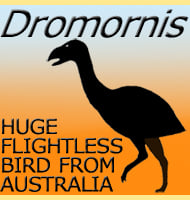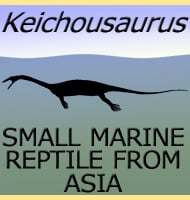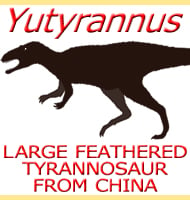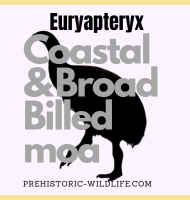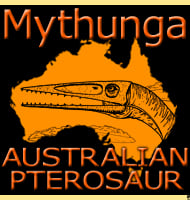In Depth
Fossils of Indarctos were first discovered in India, hence the genus name, but as time went on it was discovered that this prolific genus of bear was actually living across most of the old world continents of Africa, Asia and Europe, and even the new world continent of north America, especially the western United States though remains have been found as far as Florida. The oldest fossils of Indarctos are usually cited as those coming from the Muddy Creek Formation of Arizona, however this Formation is often only generally credited as being Miocene age (rarely upper Miocene). The earliest appearance of Indarctos fossils in the Miocene are concentrations in fossil deposits that are about eleven to ten million through to five million years in age. This firmly places the main temporal appearance of Indarctos in the Tortonian to Messinian periods of the Miocene, with some fossils from Libya suggesting the early Pliocene as well. Although in theory the Indarctos fossils of Muddy Creek might be earlier, they can also be the same age as the other remains known from the US, and at the time of writing it is safer to place Indarctos within the Tortonian period at the earliest, since this is supported by the occurrences of fossils known elsewhere.
Indarctos was a fairly primitive bear that in the past has been considered to be similar to others such as Agriotheirum. The diet of the bear is also uncertain since most bears are known to be omnivorous. It’s possible that Indarctos may have preferred either a more meat or plant inclusive diet over one another, but at this time details are still unknown.
Further Reading
- Preliminary observations on Carnivora from the Sahabi Formation, F. C. Howell - 1987. - Late Miocene large mammals from Yulafli, Thrace region, Turkey, and their biogeographic implications, D. Geraads, T. Kaya, and S. Mayda - 2005.



